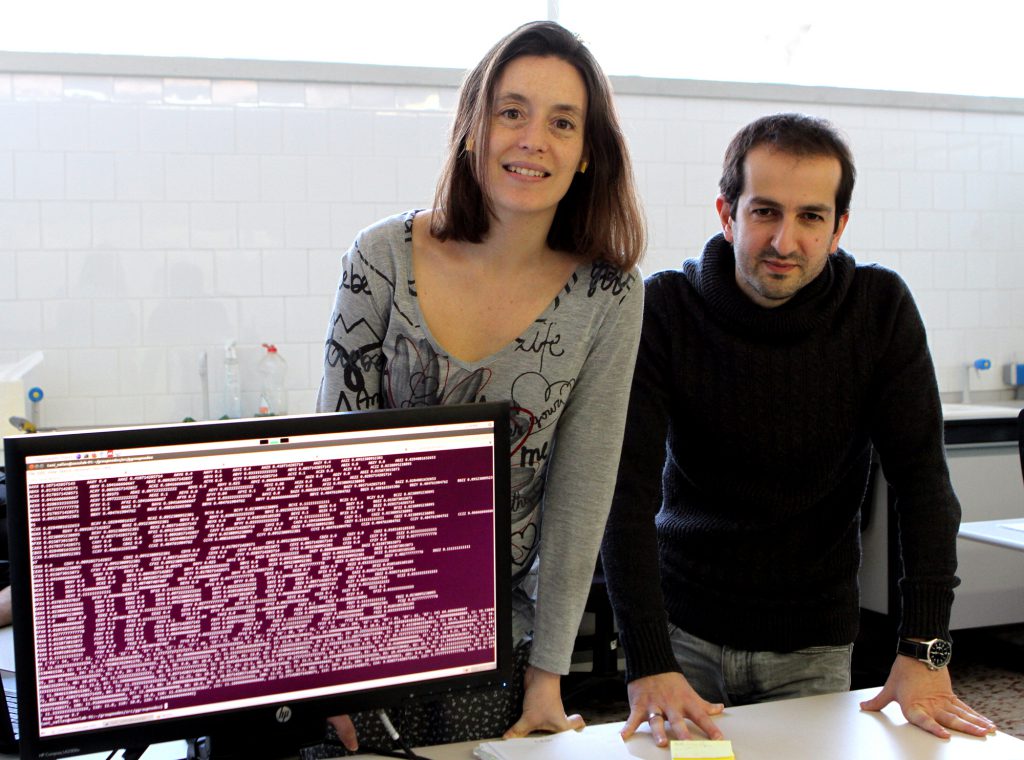29/11/2016
Quicker and twice as accurate predictions
With ever-increasing amounts of online information available, modelling and predicting individual preferences for certain products is becoming more and more important. Good predictions enable better advice to be given to users and provide a better understanding of the socio-psychological processes that determine those preferences. Researchers at the URV have created a new algorithm that provides better predictions than existing algorithms

With ever-increasing amounts of online information available, modelling and predicting individual preferences for certain products is becoming more and more important. Good predictions enable better advice to be given to users and provide a better understanding of the socio-psychological processes that determine those preferences. Researchers at the URV have created a new algorithm that provides better predictions than existing algorithms
Preferences in books, films, series or even potential dating partners. The users of online platforms are used to receiving more or less accurate recommendations based on their preferences as determined by an algorithm. Improving the accuracy of predictions leads to better user evaluations and increases understanding of the social and psychological processes that determine these preferences, and this what has been achieved by the URV’s Science and Engineering of Emerging Systems research group (SEES:lab). They have developed a new algorithm that provides better evaluations of users and, they believe, is almost twice as accurate as existing systems that use simpler algorithms. The power of this new approach is that it allows each individual and each item to belong simultaneously to mixtures of different groups and, unlike many popular approaches, does not assume implicitly or explicitly that individuals in each group prefer items in a single group of items.

Antonia Godoy, Roger Guimerà and Marta Sales, researchers at the URV’s Department of Chemical Engineering, and Cristopher Moore, of the Santa Fe Institute, have developed a collaborative filtering model with an associated scalable algorithm that makes accurate predictions of individuals’ preferences. The new approach is based on the explicit assumption that there are groups of individuals and of items, and that the preferences of an individual for an item are determined only by their group memberships. The new tool allows each individual and each item to belong simultaneously to mixtures of different groups and, unlike many popular approaches, it does not assume implicitly or explicitly that the individuals in each group prefer items in a single group of items. The algorithm can predict the resulting overlapping groups and preferences because it is able to predict individual preferences in large datasets, and is thus considerably more accurate than the algorithms currently used for such large datasets.
There are many algorithms, and many are very quick and provide reasonable results; however, they are often based on unrealistic models. They mostly classify people into groups according to their preferences and make predictions on the basis of this group’s behaviour. Consequently, the predictions reflect the overall preferences of the group but cannot predict the behaviour of individuals because they do not take individual differences into account. These models are therefore unable to reproduce behavioural models of the population.
The new approach is based on a more sophisticated model and better reflects how people really behave. As such, in contrast to existing models, it is more flexible and can reproduce the behavioural patterns of an entire population. It was already known that the model could provide better predictions but up to now it has always been too slow to apply to large datasets. In a scientific article published in the journal Proceedings of the National Academy of Sciences of the United States of America, the URV researchers state that they have achieved the best of both worlds: a model that is quick and scalable that also better reflects the decisions that people take.
Reference: Antonia Godoy-Lorite, Roger Guimera, Cristopher Moore, Marta Sales-Pardo “Accurate and scalable social recommendation using mixed-membership stochastic block models” PNAS 2016 ; published ahead of print November 23, 2016, doi:10.1073/pnas.1606316113.
